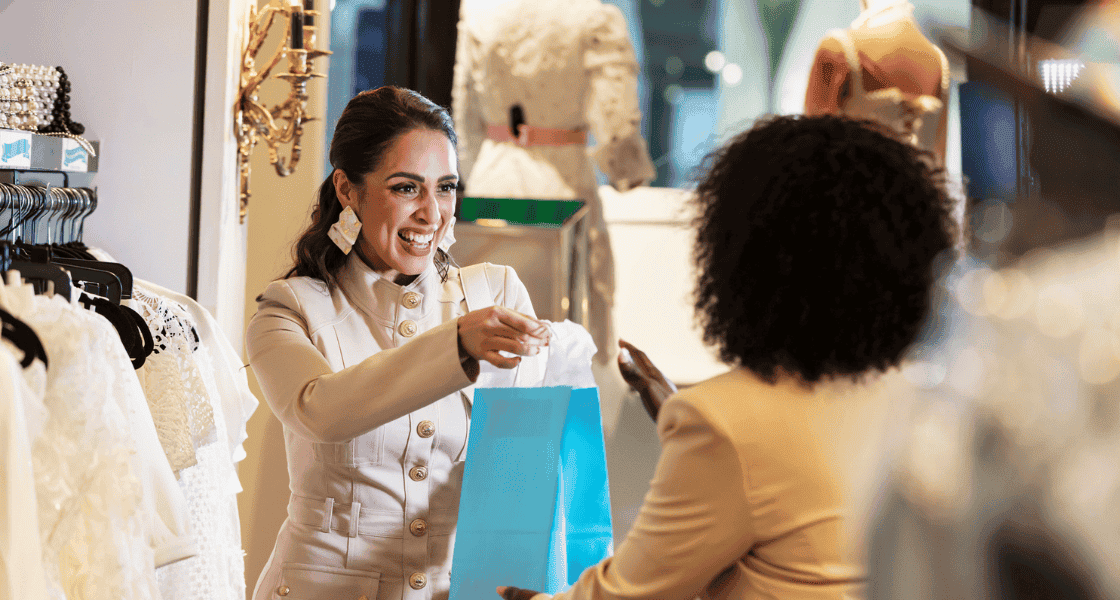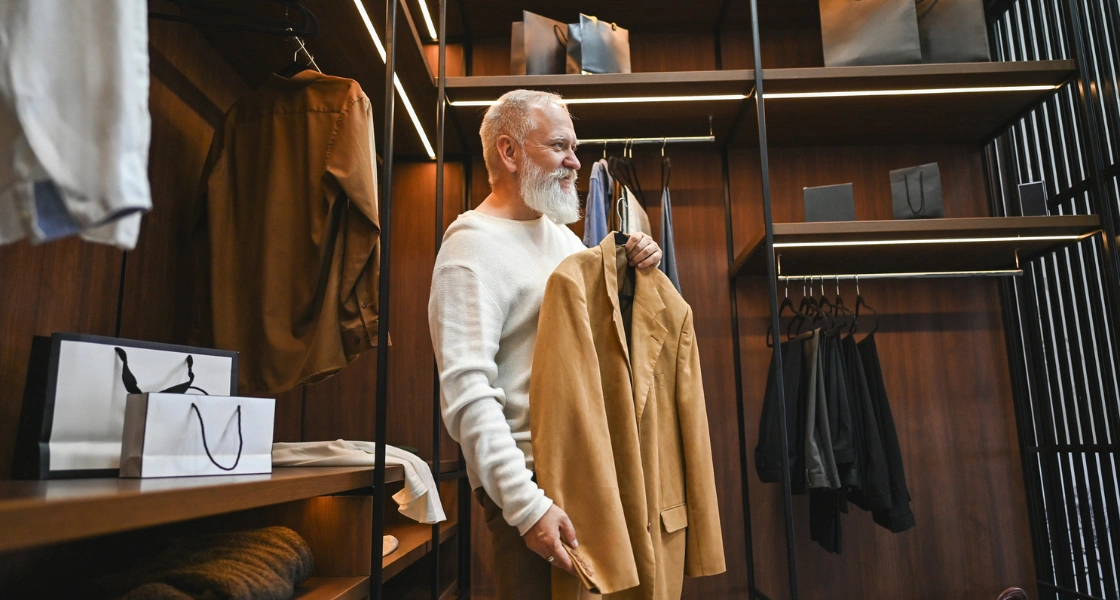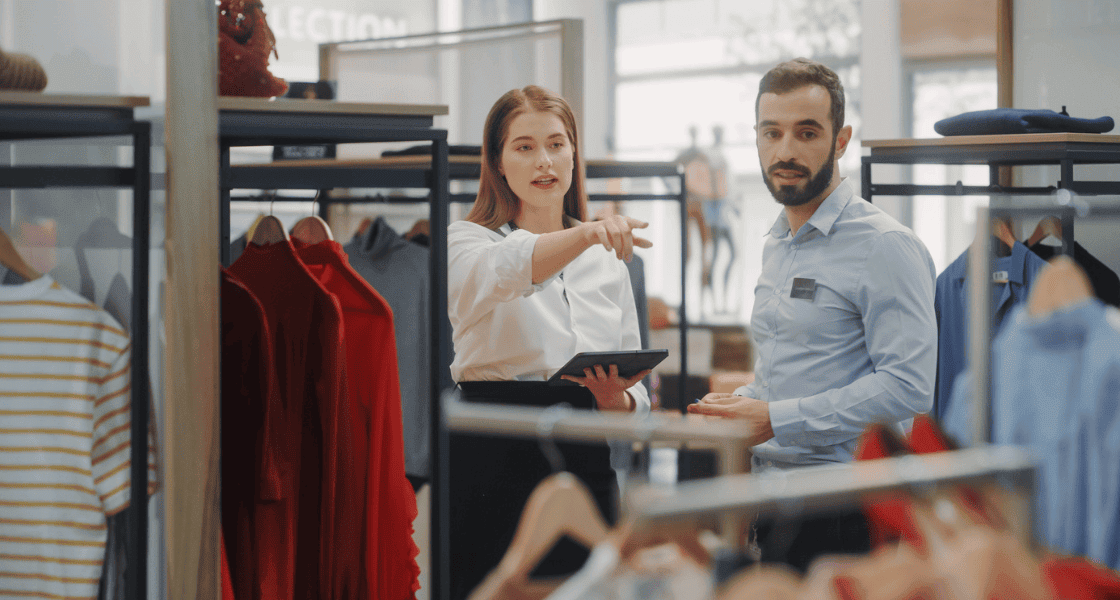Retail
Luxury’s ecological transition: Meeting evolving consumer expectations
Published on 9 October 2025
Modified on 16 October 2025

Understanding the Changing Expectations of Luxury Consumers
The Shift Towards Total Transparency
Today’s luxury consumers expect more than aesthetic and artisanal excellence. They demand complete transparency about the origins of materials, production conditions, and the environmental impact of their purchases. This shift reflects a profound transformation in consumer values, where luxury must now justify its premium price with exemplary ethical practices.
According to a 2024 study by BCG & Altagamma, 73% of luxury consumers believe sustainability significantly influences their purchasing decisions. Among those under 35, this figure rises to 89%, highlighting the scale of this behavioural change.
Traceability is becoming a key differentiator. Consumers want to know the full story behind their products, from the sourcing of raw materials to manufacturing techniques, working conditions for artisans, and the carbon footprint of transportation. This growing demand for transparency is transforming how luxury brands communicate, requiring them to document and showcase every stage of their creative processes.
The Defining Influence of Younger Generations
Millennials and Gen Z are rewriting the rules of luxury, systematically incorporating environmental and social criteria into their purchasing decisions. These generations, projected to account for 80% of the luxury market by 2030, prioritise environmental responsibility at the same level as quality and exclusivity.
For 71% of Gen Z consumers, a brand’s environmental commitment is as important as design or quality when deciding what to buy. This heightened demand comes with increased scepticism towards “greenwashing,” pushing brands to adopt truly authentic and transparent sustainability practices.
Younger generations also favour circular economy models and alternative consumption practices. They embrace resale, rental, and repair options, aligning with their values and creating fresh market segments for forward-thinking brands.
The Paradox of Sustainable Luxury: Balancing Exclusivity and Responsibility
The luxury sector faces a unique paradox: maintaining an image of exclusivity while embracing sustainability. How can a brand justify the rarity and high price point of its products while promoting responsible consumption?
The solution lies in redefining luxury itself. The luxury of tomorrow will no longer be defined solely by rare materials or complex craftsmanship but by exemplary practices and positive impact. This shift transforms environmental constraints into opportunities for differentiation.
Innovative luxury brands are turning their ecological initiatives into new markers of exclusivity. Using exceptional recycled materials, mastering environmentally friendly artisanal techniques, or creating products designed to last generations are becoming hallmarks of prestige.
Strategic Initiatives for a Successful Ecological Transition
Revolutionising Materials and Rethinking Processes
The ecological transition in luxury begins with a complete overhaul of sourcing and manufacturing processes. Brands are investing heavily in finding alternative materials that maintain exceptional quality while reducing environmental impact.
Material innovation is opening new creative horizons. Plant-based leathers derived from mushrooms, pineapples, or algae offer unique aesthetic possibilities while eliminating issues tied to intensive farming. Similarly, high-performance recycled fibres allow the creation of outstanding textiles using repurposed waste.
In 2020, Giorgio Armani introduced the capsule collection Recycled Emporio Armani, featuring regenerated materials like wool, denim, and organic cotton. Likewise, luxury pioneers such as Stella McCartney are collaborating with biotech start-ups to develop plant-based leathers, regenerative cotton, and fully biodegradable protein-based textiles. These initiatives reflect a commitment to blending sustainability, innovation, and creative excellence.
Minimising waste requires optimised processes. Technologies like Cegid Retail enable precise calculations of raw material needs, streamline production flows, and reduce surplus. This data-driven approach turns resource management into a competitive advantage.
Embracing Circular Economy Models
The circular economy is revolutionising luxury business models, offering new revenue streams while addressing environmental concerns. Repair, resale, rental, and recycling are becoming essential strategies.
Repair and restoration programmes strengthen customer relationships while extending product lifespans. These services generate attractive margins while demonstrating a brand’s commitment to sustainability. They also provide valuable touchpoints with customers.
Certified resale by brands ensures authenticity while capturing residual product value. This approach allows brands to control their image in the secondary market while appealing to younger customers. By 2021, the luxury second-hand market was already worth €33 billion, growing three times faster than the primary market.
Leveraging Technology for Transparency and Optimisation
Technological solutions are transforming how brands document, trace, and optimise their environmental practices. Blockchain, artificial intelligence, and integrated management platforms like Cegid Retail are becoming essential strategic tools.
Digital traceability allows tracking of every product from creation to end-of-life. This comprehensive documentation reassures consumers while providing brands with valuable data to refine their processes. It also simplifies certification and regulatory reporting.
Streamlining supply chains significantly reduces carbon footprints. Planning algorithms minimise transportation, optimise stock levels, and cut down on unsold inventory.
Fostering Strategic and Innovative Collaborations
Partnerships with specialised start-ups accelerate innovation, giving brands access to cutting-edge technologies without massive investments. These collaborations foster innovation ecosystems that drive disruptive solutions.
Alliances with environmental organisations bolster the credibility of sustainability efforts. Such partnerships offer trusted expertise while enhancing public perception of authenticity. They also provide access to influential networks and specialised communication channels.
Inter-company collaborations allow shared investments, speeding up sector-wide transformations. Joint R&D initiatives cut costs while setting higher industry standards.
Engaging Clients in Sustainable Practices
Mastering the Art of Sustainability Storytelling
Communicating sustainability requires sophisticated storytelling that turns technical challenges into inspiring narratives. Luxury brands need to craft authentic stories that celebrate environmental excellence alongside artisanal craftsmanship.
The journey of products becomes central to their perceived value. Sharing the origin of materials, eco-friendly production techniques, and the positive impact of sustainability initiatives builds strong emotional connections with consumers. This storytelling turns purchases into acts of advocacy.
Highlighting artisans and local communities adds a human touch to sustainability efforts. These authentic accounts enhance credibility while showcasing the social impact of initiatives. They also create points of distinction from less committed competitors.
Actively Involving Consumers
Engaging customers in sustainable practices strengthens their loyalty while transforming them into authentic brand advocates. Participatory initiatives turn clients into partners in the ecological transition.
Educational workshops and factory tours offer exclusive experiences while raising awareness of environmental issues. These events foster a sense of belonging to a committed community and create memorable associations with the brand.
Co-creation programmes let consumers contribute directly to the design of sustainable products. This collaborative approach drives meaningful innovation while forging strong emotional ties. It transforms clients into true partners in environmental innovation.
Measuring and Sharing Results Transparently
Communicating environmental results requires scientific rigour and complete transparency to maintain credibility. Brands must invest in reliable measurement systems and openly share their data.
Standardised, independently verified environmental performance metrics enhance trust while allowing consumers to objectively compare brands.
Sustainability reports become strategic communication tools. These demonstrate long-term commitment and highlight progress made. Regular updates maintain visibility of ongoing efforts and encourage continuous improvement.
Conclusion: Technological Innovation Driving Environmental Excellence
The success of luxury’s ecological transition relies on adopting advanced technologies that combine environmental rigour with operational excellence. Solutions like Cegid Retail help brands precisely document their impact, optimise resources, and communicate their progress transparently.
This challenge extends beyond regulatory compliance. It’s about redefining the codes of luxury for new generations while preserving brand heritage and identity. Achieving this requires smart technological investments and long-term strategic vision.
Accelerate your ecological transition and turn environmental constraints into opportunities for differentiation. Discover how technology can support your approach
Sustainable Luxury Trends 2025

